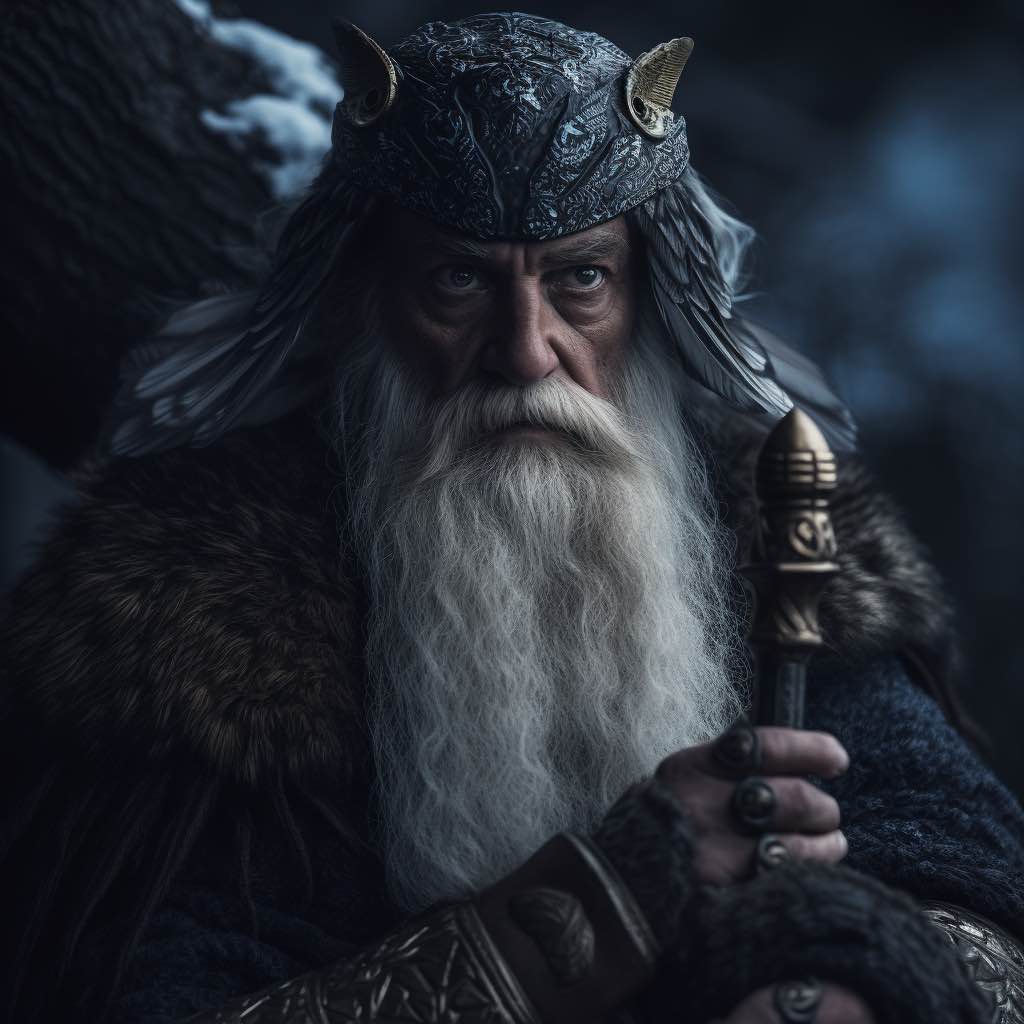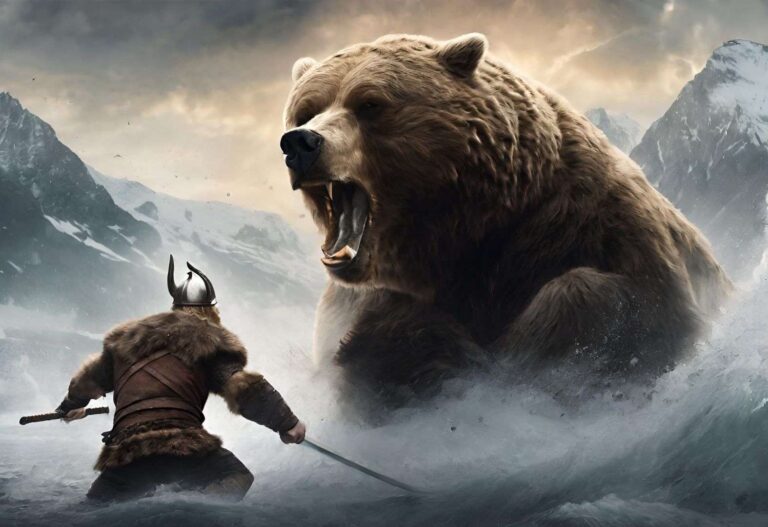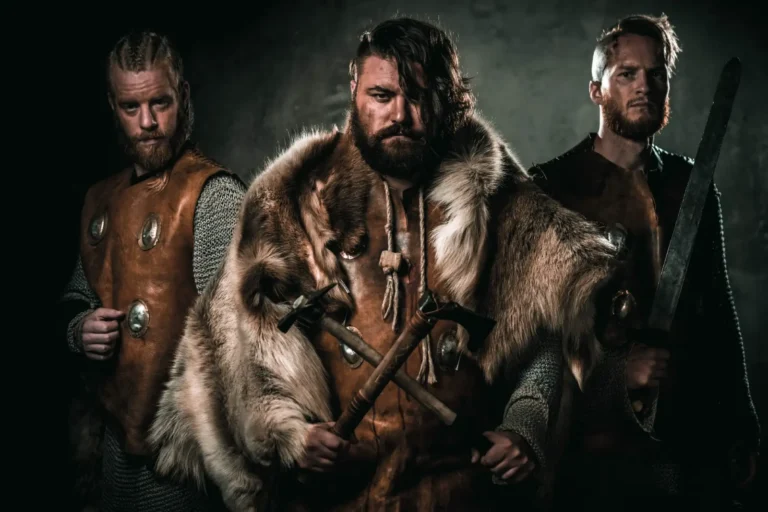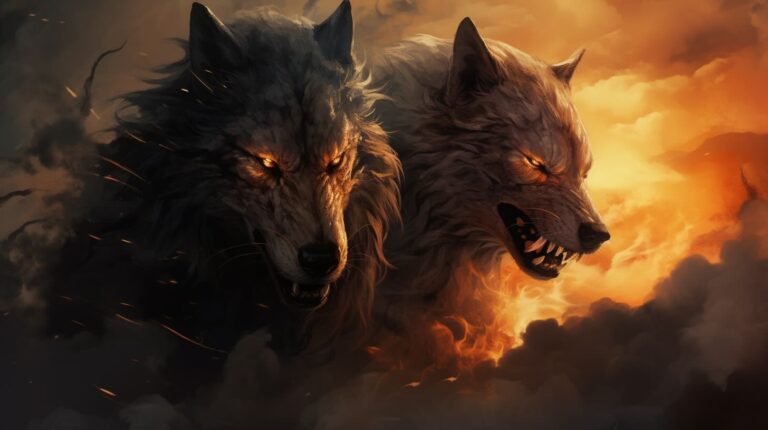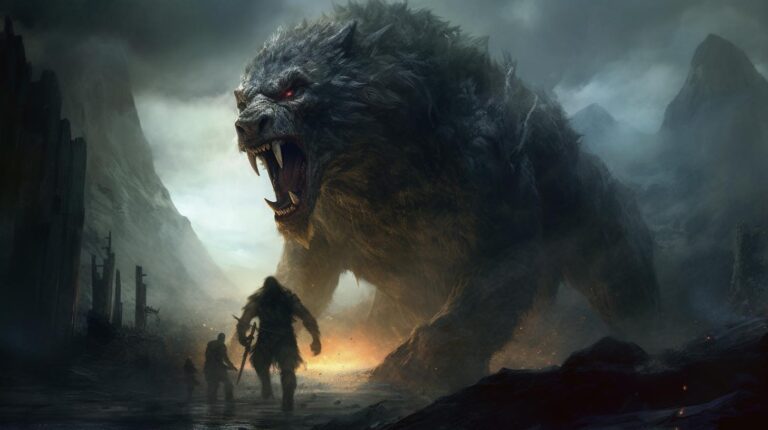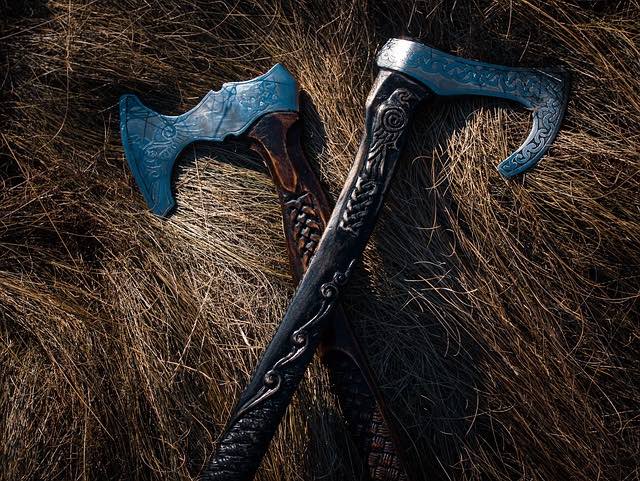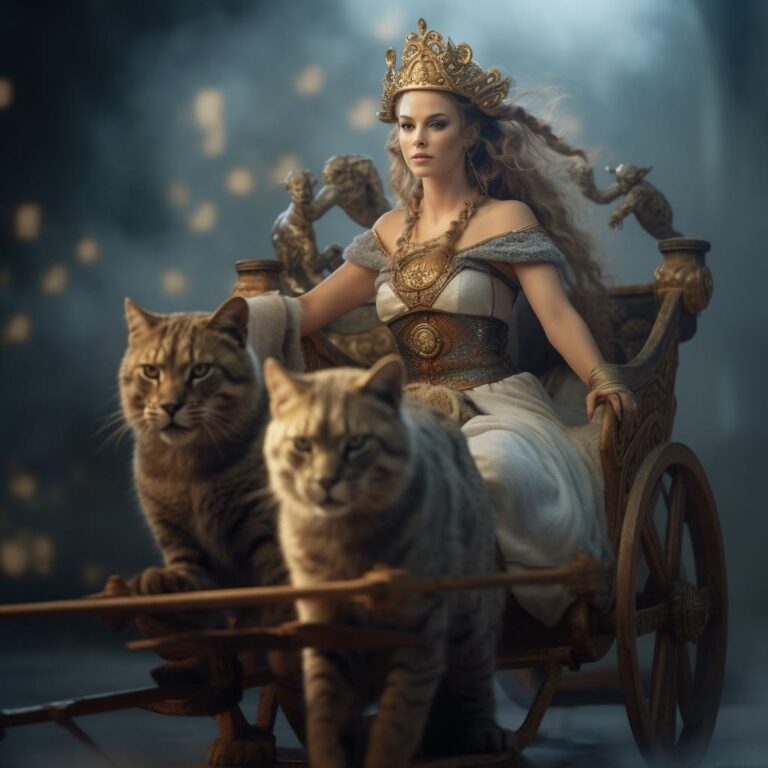Norse mythology has fascinated people for millennia because of its rich tapestry of stories and legends. This mythology is centered on the gods and goddesses of the Norse pantheon, whose traits and deeds have impacted many works of art, literature, and film. This article will explore Norse combat god, Norse goddesses, and some of the most significant figures in Norse god mythology.
Who where the Viking Gods
There were many different gods worshipped by the Vikings, each having a unique personality and realm. Among these gods, Odin, the All-Father, who ruled over magic, death, and wisdom, is arguably the most well-known. Odin was a complex individual with both positive and negative traits. He was also the ruler of the Great Hall of Valhalla, the King of the Dead, and the God of War, Poetry, and Prophecy. Odin is frequently depicted as an elderly man with a long beard, a cloak, a cap with a wide brim. Two ravens associated him, named Huginn and Muninn. They scoured the globe collecting information for him.
A well-known Viking deity was Thor, the thunder god and protector of mankind. Because they believed he held storm power and could call down lightning to strike his foes, the Vikings adored Thor. Thor was typically depicted as a powerful man clutching his legendary hammer, Mjolnir. With this hammer he could control the weather and defeat his adversaries.
The Norse War God
One of the most feared figures in Norse mythology is Tyr, the god of war. Tyr, the god of direct warfare, was thought to be a fierce fighter who never dropped a fight. He was also associated with oaths and justice, and it was said that he would cut off his own hand to sign a contract that was legally binding. Tyr was adored by the Vikings, who regarded him as a model of strength, valor, and dignity.
Viking Goddess in Norse God Mythology
The Viking gods, who were typically associated with magic, might, and combat, were just as strong as the Norse goddesses. One of the most well-known Viking goddesses was Hel, the supreme goddess of the afterlife. The other gods revered and dreaded Hel, who was considered to rule the land of the dead. Hel was supposedly half-alive and half-dead. In Viking mythology, Hel stood for both life and death, and was commonly associated with the cyclical nature of existence.
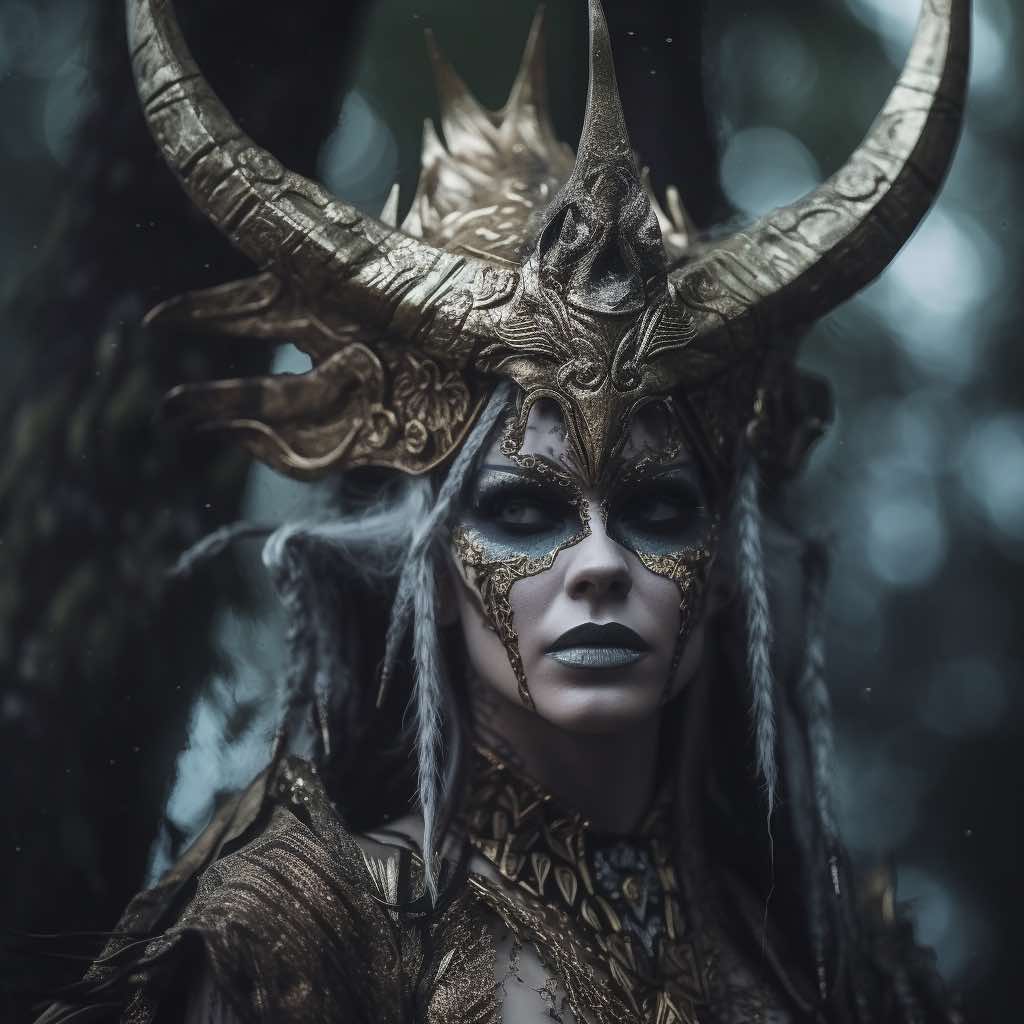
Frigg, the wife of Odin and the goddess of marriage, conception, and motherhood, was another important figure in Viking culture. This goddess was a kind and sympathetic character who frequently appeared as a motherly figure. She took care of her children and made sure they were all right. Frigg was a revered figure in Viking culture who was respected for her wise counsel. But was also know for her generosity, and her ability to bring people together.
Conclusion
Norse mythology contains a vast and complex universe of gods, goddesses, heroes, and monsters. By examining the tales of the Norse war god, the Viking gods, and the Viking goddesses, we might discover more about the aims and beliefs of the Viking people. From the might of Odin to the cunning of Loki, these characters have caught our imaginations and inspired us for ages.
